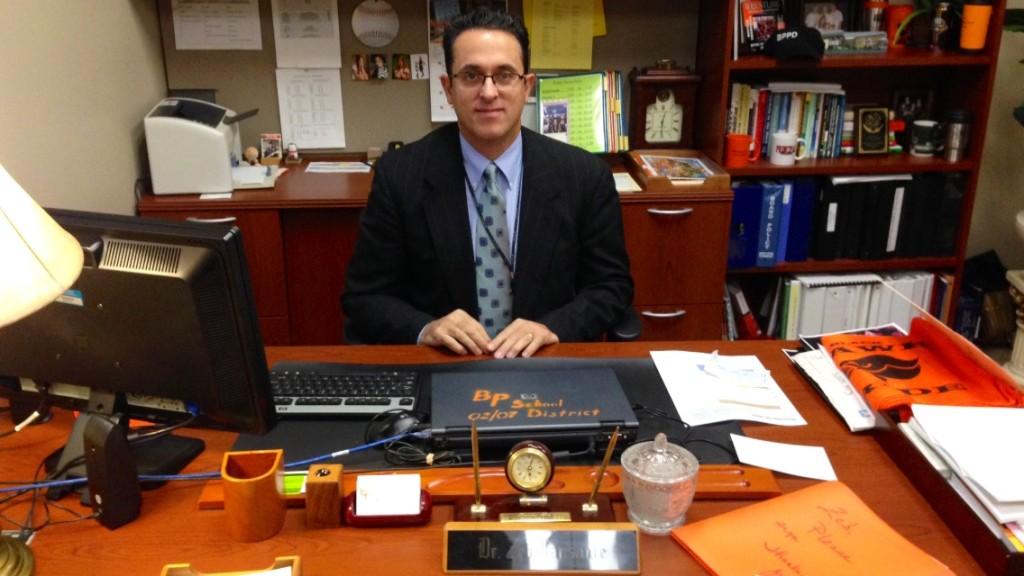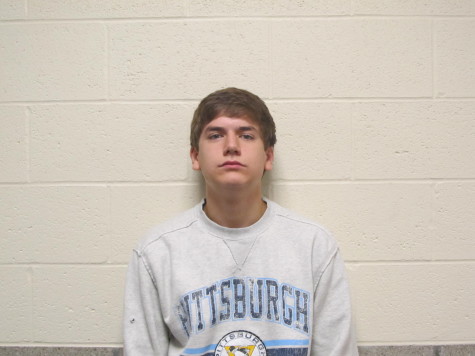Teacher evaluations are nothing new. Teachers have always been evaluated by principals.
However, this is the first year a new state-mandated program will be put in place. The new system of teacher evaluations combines classroom observations by principals and peers, student achievement on standardized tests, and student surveys.
The new system relies more heavily on student performance than did previous methods.
Dr. J said, “When building the new school, we knew the school was going to be performance based. That’s why the school is focused around interactive activities and setting benchmarks. It’s filled with technology, Short Throw Interactive Projectors, and classroom discussion.”
For this year only, eighty-five percent of a teacher’s grade will come from in-class evaluations. The other fifteen percent will come from a new set of state data on school performance. In the following years, the percent changes.
The system is a setup for success. It’s all about improvement for both the teachers and principals.
Dr. J said, “We [principals] have always worked together with the teachers. There is always room for improvement. It’s a really rewarding process for both the principals and teachers.”
The new system was developed by an experienced educational consultant based in Princeton, New Jersey.
“The new system is based on the Danielson model. The framework was developed by Charlotte Danielson,” Dr. J said.
Charlotte Danielson has taught at all levels, from kindergarten through college, and has worked as an administrator, a curriculum director, and a staff developer. In her consulting work, Ms. Danielson has specialized in aspects of teacher quality and evaluation, professional development, performance assessment, and curriculum planning.
The system will grade teachers in a four-category rubric. This will cover planning and preparation, classroom environment, instructional delivery, and professionalism.
Preparation is all about how in-depth the teacher plans his/her lesson.
According to The Framework For Teaching Evaluation Instrument, 2013 Edition, Domain 1, the planning and preparation portion includes demonstrating knowledge of content, demonstrating knowledge of students, setting instructional outcomes, demonstrating knowledge of resources, designing coherent instruction, and designing student assessments.
Principals look at specific indicators under each subcategory within a category. Under the respective subcategories, the principal ensures that indicators are present in the classroom.
All students like being comfortable in the classroom. According to the new Danielson model, it’s important for teachers to harvest a relaxed learning environment.
“It’s all about teachers implementing a warm, inviting classroom environment, ” Dr. J said. “When evaluating teachers, we really look at the culture that is prevalent between the students and the teacher.”
According to Domain 2, the classroom environment portion encompasses creating an environment of respect and rapport, establishing a culture for learning, managing classroom procedures, managing student behavior, and organizing physical space.
Similarly, teachers relay information in a variety of ways. Some teachers are different than others. Some relay information by PowerPoint, interactive activities, or by lecturing.
Dr. J said, “When coming into the classroom to evaluate we always know what’s going on. We know what the teacher is teaching beforehand, what the teacher is going to teach while we sit in, and what the teacher is going to teacher after. We do this through a pre-evaluation, evaluation in the classroom, and post-evaluation.”
According to Domain 3, the instructional delivery portion encapsulates communicating with students, using questioning and discussion techniques, engaging students in learning, using assessment in instruction, and demonstrating flexibility and responsiveness.
According to Domain 4, the professionalism portion covers reflecting on teaching, maintaining accurate records, communicating with families, participating in the professional community, growing and developing professionally, and showing professionalism.
After the teacher is graded in each of the four categories, all documentation is archived in a database.
“At some point during the year you may see a principal in your classroom for ten minutes or so. We are still doing walk-throughs,” Dr. J said. “We go into the classroom and basically take a ‘snapshot’ of what’s going on in the classroom. This is also archived.”
The new system pinpoints how the teachers are improving student performance; it also focuses on expanding the classroom environment. Dr. J said something that wraps up the centerpiece of the new system in one sentence:
“It’s all about growth.”
Click here for more information about the Danielson mode.













